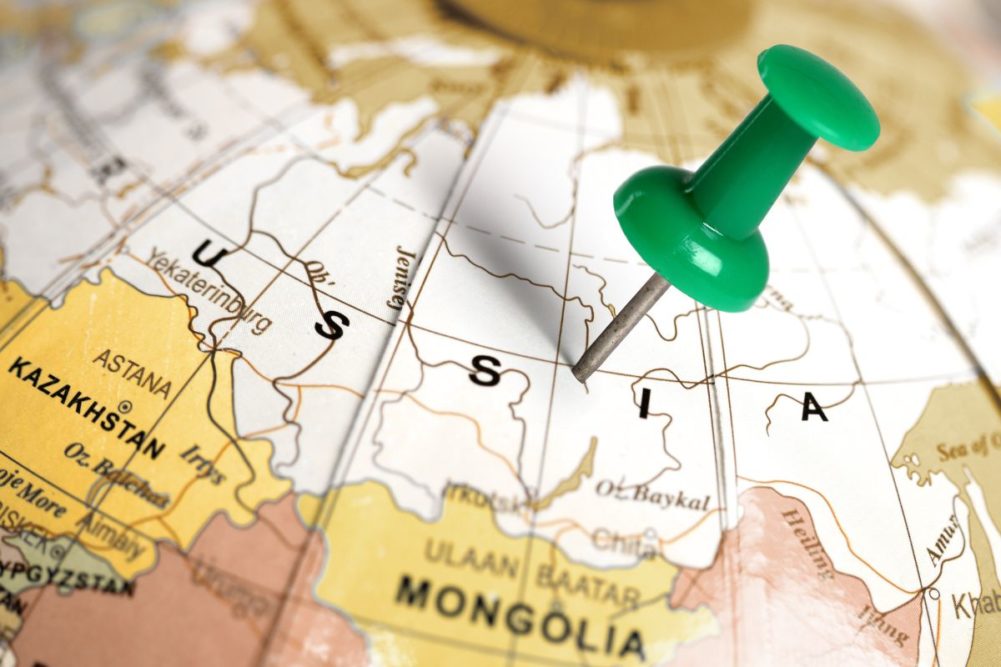MOSCOW, RUSSIA — Less winter grain may be planted in Russia for the 2023 crop as heavy rains replace dry weather, creating muddy and unsuitable sowing conditions in the country’s central and southern regions, Reuters reported, citing agricultural consultancy Sovecon.
Winter grains so far have been sown on 8.6 million hectares, down 1.5 million hectares from the same point one year ago, the lowest area at this time since 2013, Sovecon noted. Farmers in the central region planted only 2 million hectares, down 900,000 from a year ago, and 2 million hectares in the southern region, down 700,000.
Winter wheat, sown in autumn for harvesting in summer, typically accounts for 70% of the crop in Russia, the world’s largest exporter. It brings a higher yield than spring varieties and is less vulnerable to weather. Most parts of Russia’s southern regions can sow winter grains until mid-November. The deadline for optimal sowing in the central regions is mid-October.
The International Grains Council estimates Russia produced 75 million tonnes of wheat in 2021-22, including 33.1 million tonnes for export, mostly to the Middle East and Africa.






